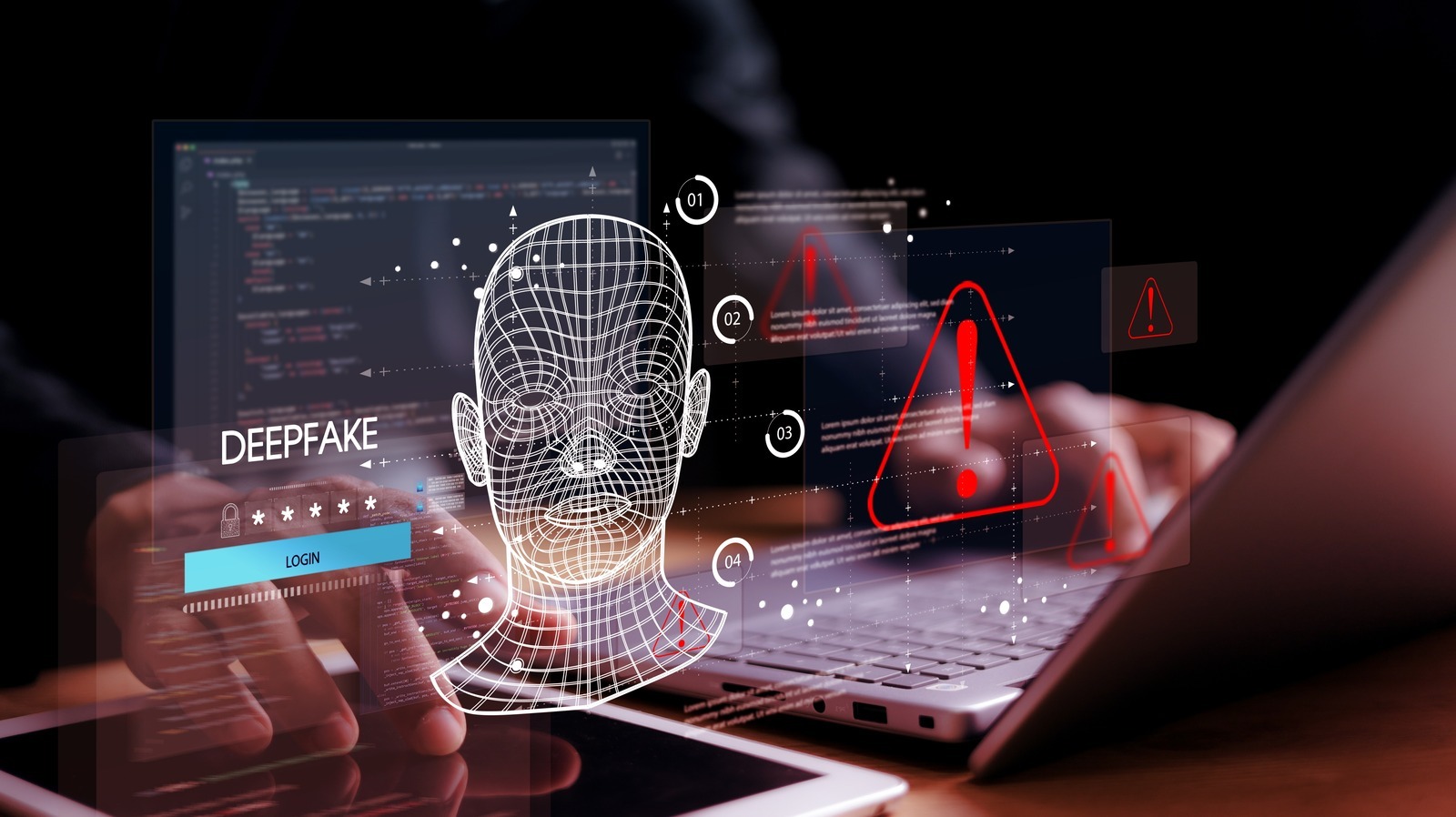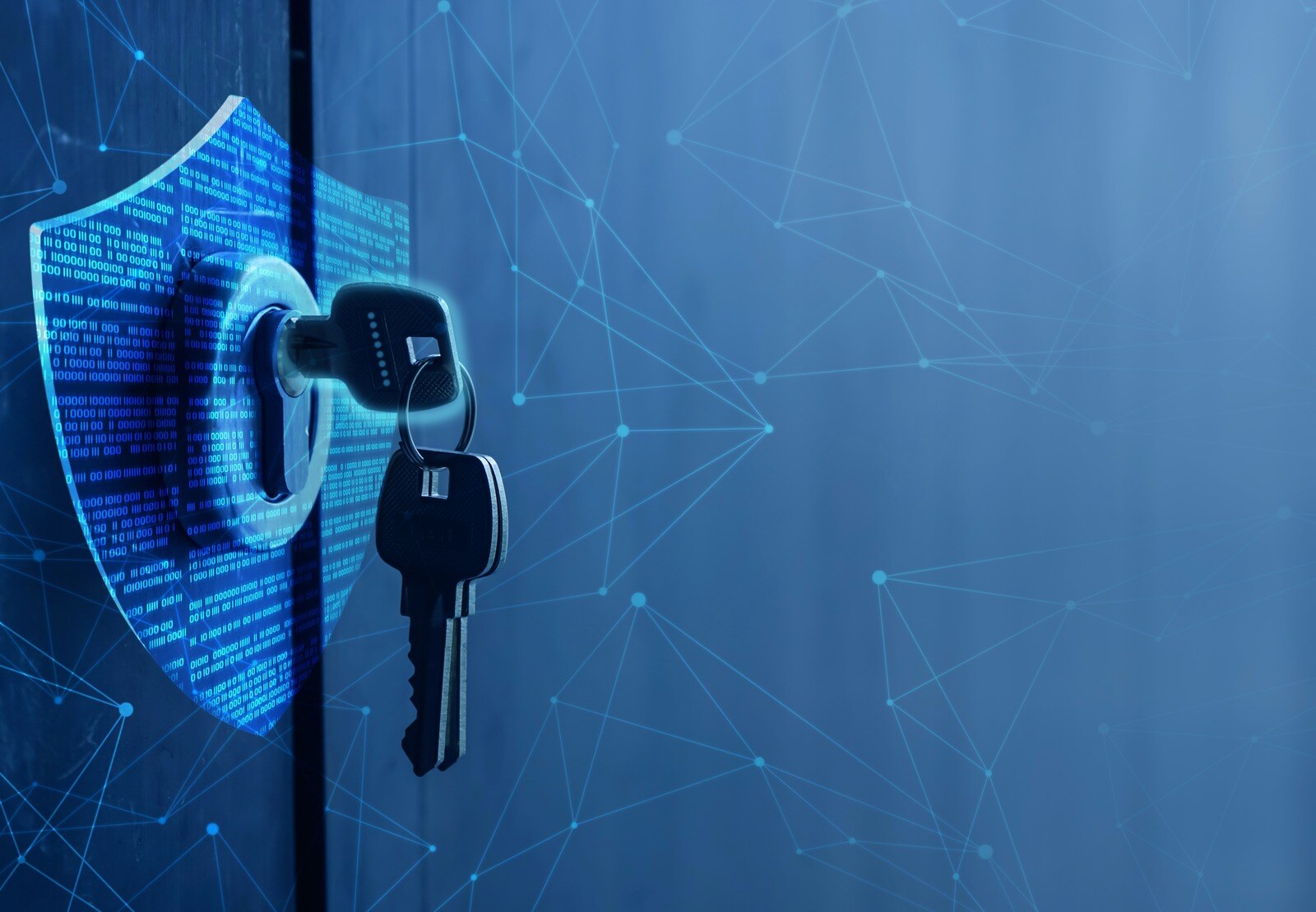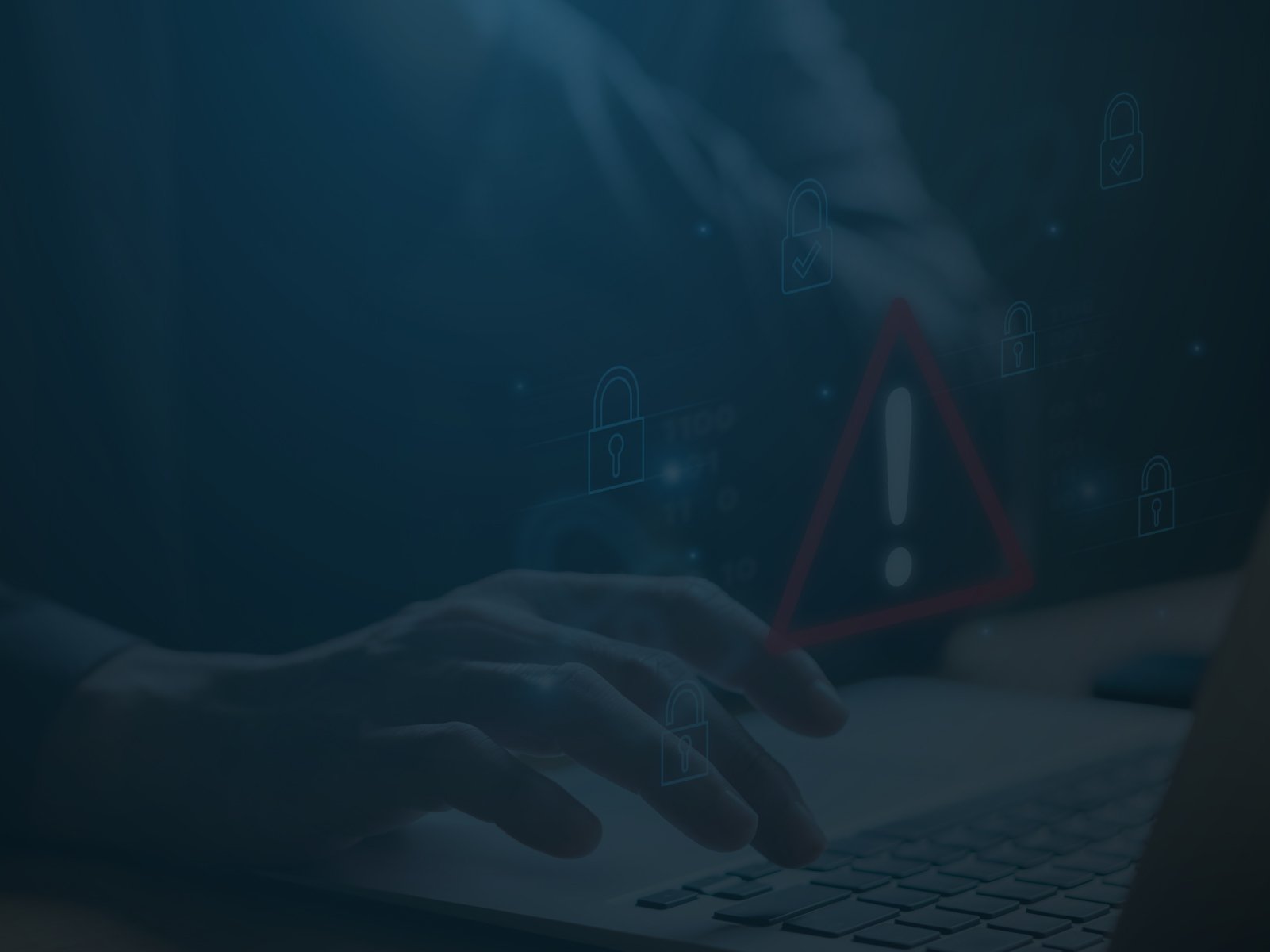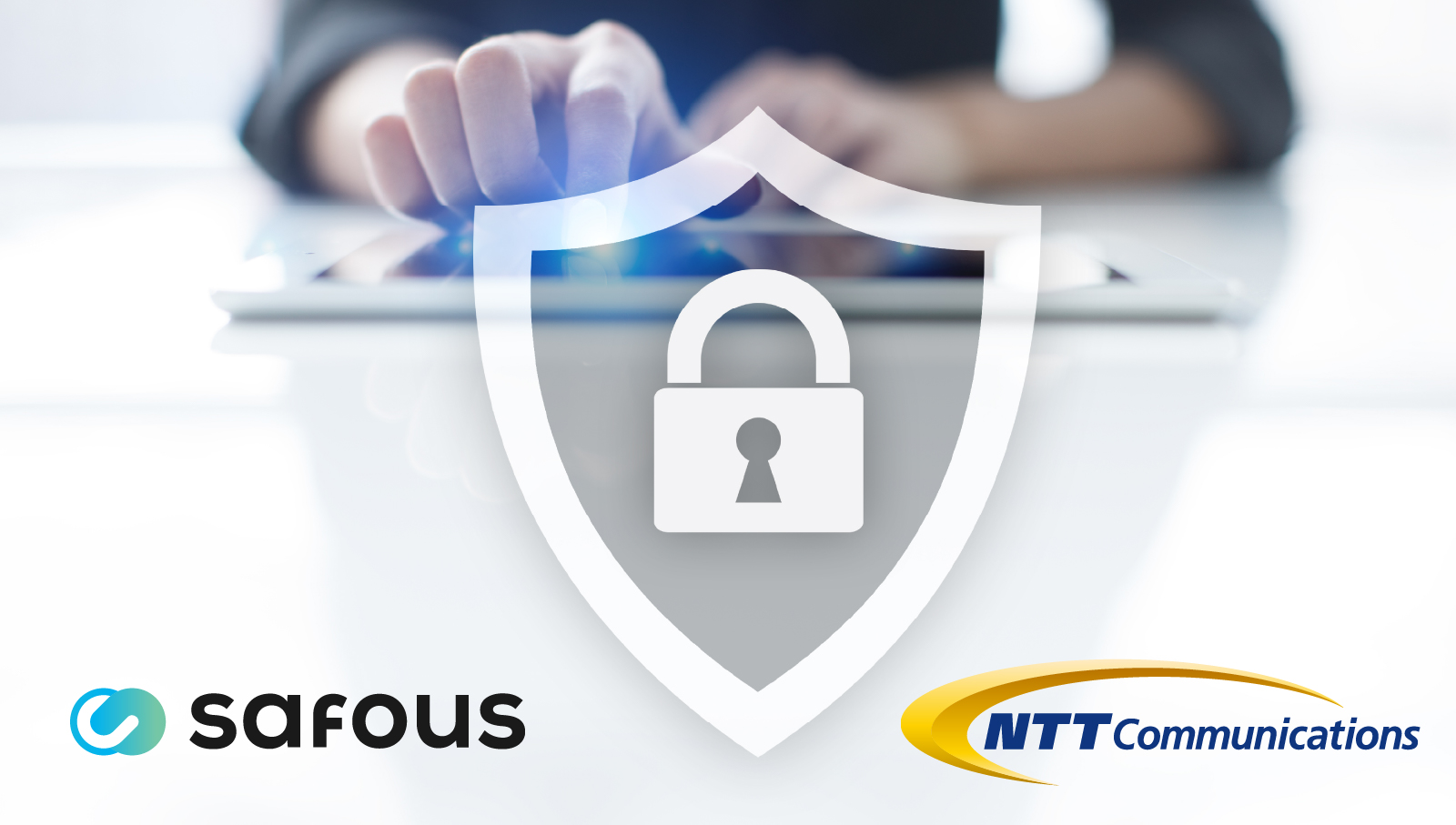Today's organizations face the increasingly difficult challenge of securing access to their most critical systems and data, particularly as remote work becomes more prevalent. Traditional security measures designed for on-premises environments simply can't address the complexities of modern remote access needs. The rise of sophisticated cyber threats, coupled with the need to ensure business continuity across distributed workforces, has made it vital for organizations to adopt more advanced security solutions.
That's where Remote Privileged Access Management (RPAM) comes in. Gartner® emphasized the concept of RPAM in the report Securing Remote Privileged Access Management Through RPAM Tools,1 which highlights the growing need for RPAM as a security solution designed to manage and monitor privileged access to sensitive systems from remote locations.
As more companies embrace remote work, the need to secure and streamline the management of privileged accounts – those with elevated permissions that can impact systems and data – has become a top priority across every industry. Read on to learn everything you need to know about RPAM and why your business needs to implement it today.
Why Isn't a Combination of Remote Access and PAM Enough?
Businesses have relied on remote access tools like VPNs and Privileged Access Management (PAM) solutions to secure their networks for years. However, these solutions fall short when it comes to addressing today's distributed work environments, even when used in combination.
VPNs typically lack the granular controls IT teams need to manage access across cloud services, on-premises systems, and hybrid infrastructures. And because these legacy solutions can be challenging for users, they often lead to workarounds that compromise network security.
PAM solutions are effective for managing privileged accounts within a defined network perimeter, but they struggle to adapt to the dynamic nature of modern IT environments. These solutions lack the agility to provision and de-provision access quickly across multiple environments, which is essential as remote third-party access risks grow.
Ultimately, traditional remote access and PAM solutions don't provide the level of visibility and control IT teams need to quickly respond to threats across the entire network environment. Luckily, RPAM combines the best aspects of remote access and PAM while addressing the unique challenges of today's digital landscape.
Core Features of RPAM
RPAM solutions incorporate several features that address the unique security challenges posed by remote access, including:
-
- The Principle of Least Privilege: RPAM enforces the principle of least privilege, which restricts user access to only the resources employees and third-party users need for their specific roles. This feature also includes secure access for shared accounts and just-in-time access, limited by time and other parameters. By applying these restrictions, RPAM reduces the potential for unauthorized access and limits the exposure of sensitive resources.
- Access and Authentication: RPAM solutions provide robust tools to help manage the identities of remote privileged users. This often includes identity federation, which integrates with existing identity management systems, and real-time session management to monitor user activities. Additionally, RPAM implements password vaulting and multi-factor authentication (MFA) to prevent unauthorized access and protect against credential theft.
- Recording and Auditing: An essential component of RPAM is its ability to record and audit privileged sessions. This feature allows organizations to maintain detailed logs of user actions for compliance with regional and industry-specific regulations. Recording and auditing capabilities also provide greater oversight of privileged activities to help organizations detect and respond to suspicious behavior more effectively.
- Identity Administration: RPAM solutions often include features like self-registration, self-service password renewal, and lifecycle management. These alleviate the administrative burden on IT and security teams by allowing users to manage their own access credentials – which also improves operational efficiency and enhances the user experience.

The Lifecycle of a Privileged Remote Connection
According to Gartner, a comprehensive RPAM solution effectively manages the entire lifecycle of a privileged remote connection, from the initial identity verification to the termination of the session. Throughout the session, RPAM ensures continuous monitoring and enforces security protocols to prevent unauthorized actions.
Adopting RPAM can help your organization better protect your critical assets, meet compliance requirements, and mitigate the risks associated with remote privileged access. This is especially important in today’s evolving security landscape, as the consequences of a breach can be severe.
Minimize Privileged Access Risks With Safous and RPAM
As the shift toward remote work continues, the need for advanced security solutions, such as RPAM, has become more urgent than ever. RPAM doesn't just enhance the security of privileged access; it ensures organizations can meet the demands of modern compliance standards. By implementing RPAM, your business can safeguard sensitive systems and data while still supporting a distributed and dynamic workforce.
Safous fully integrates the powerful capabilities of RPAM to help organizations effectively secure their privileged remote access. Book a demo today to learn more about how Safous can help safeguard your critical systems and minimize privileged access risks.
Sources:
Receive the latest news, events, webcasts and special offers!
Share this
You May Also Like
These Related Stories

How Safous Redefines RPAM to Combat Deepfake Attacks

5 Benefits of Remote Privileged Access Management (RPAM) for MSPs


